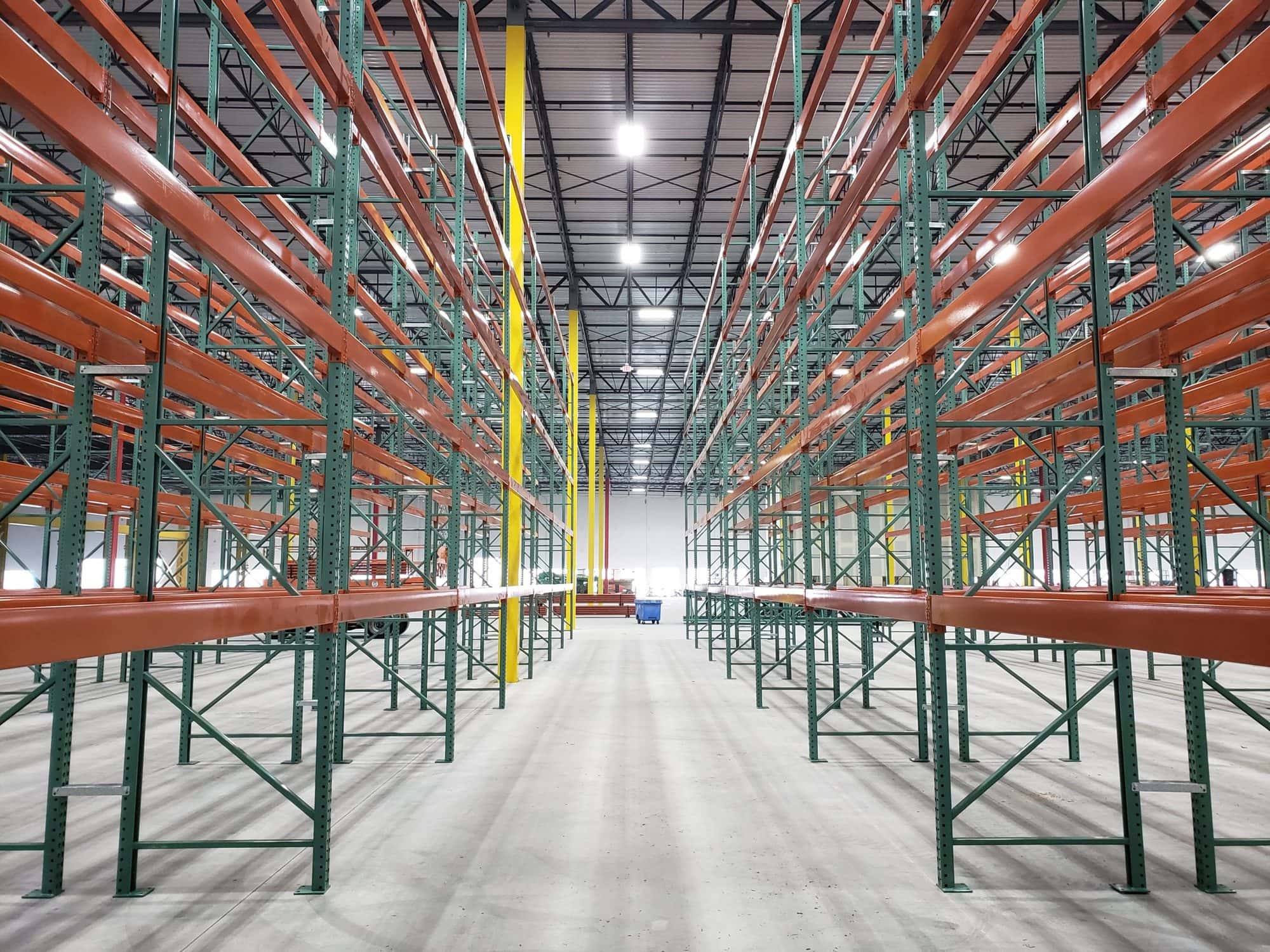In last week’s post, we talked about the different kinds of freight claims. As promised, this week will cover the details about what needs to be done to avoid having a claim denied and maximize the amount received from the claim.
In the earlier post, we defined freight claims and provided descriptions for the four categories that they fall into and the differences between them. Today we’re going to discuss how to manage claims in general as well as for each category. I’ll also talk about some of the gotchas and nice-to-knows.
As I mentioned last week, more is better. When dealing with a freight claim, this means more details written on the proof of delivery, more documents or pictures that can help your case, and more attention to detail during the delivery process.
Be very specific in identifying problems with the proof of delivery! Once the carrier has a clear POD, your chances of making a successful claim drop to effectively zero. If you list some problems but miss others or are otherwise inaccurate, you will not receive compensation for the excluded issues. Examples of good write-ups include “4 of 12 pallet rack beams dented and scratched” or “2 pallet rack uprights missing from a bundle of 8”. Simply writing “Subject to inspection” will not end in a successful claim.
All that said, there are some key documents you must have in order to successfully file a claim:
- A completed freight claim form
- The product or sales invoice
- Proof of Delivery (except in the case of a lost shipment, obviously)
- The bill of lading
- The carrier’s freight bill
Damage. In this case, useful documents can include:
- Photographs of the damage
- An invoice for the cost of repair if the damaged items can be fixed
- A record of discounted sale if the damaged items are sold “as is”
- A thorough write-up describing the damage
Loss. Here the most important document is an accurate bill of lading. It’s the only proof you have that the shipment was picked up but never made it to the destination.
Shortage. Careful comparison of the received items to the number of each product shown on the delivery receipt is the key to success here. Again, writing down detailed information on the POD describing exactly what is missing is vital.
Concealed Damage or Shortage. As I mentioned last week, sometimes damage to a shipment or missing items isn’t obvious upon receiving it. Taking the time to look for damaged shrink wrap, boxes, or other packaging can point you in the right direction for finding concealed damage or shortages quickly. If it does get missed during the delivery inspection, remember that the clock is ticking and you have a maximum of 15 days to find the damage or shortage and file a claim, with one to three days being common. Understanding how your carriers limit the claim time frame is an important part of making sure your claim isn’t denied on a technicality.
Some “Gotchas” and “Nice-to-Knows”
While this is far from a complete list, you should be aware that
- A claim can be denied for not paying the freight invoice
- If the driver refuses to sign the proof of delivery with your notes on damaged and/or missing items REFUSE THE DELIVERY
- It is your responsibility to mitigate the claim to the lowest possible level so be sure to include a repair invoice or discounted sale documentation to avoid a “mitigation denial”
- Acts of God cannot be claimed so if a tornado takes your shipment from Kansas to Oz, you’re outta luck
Related Articles

Steel Prices are Rising. How it Affects You
The price of steel used in structural buildings, framing, and warehouse storage systems can be hard to anticipate. Because steel is a global material used in many different products, the price changes based on activity [...]

